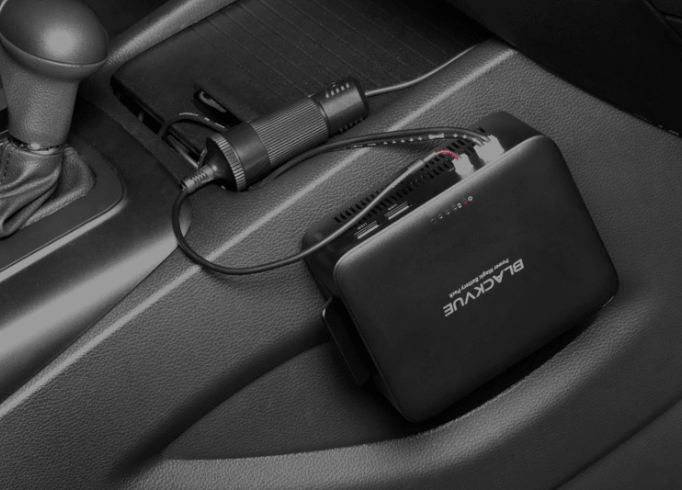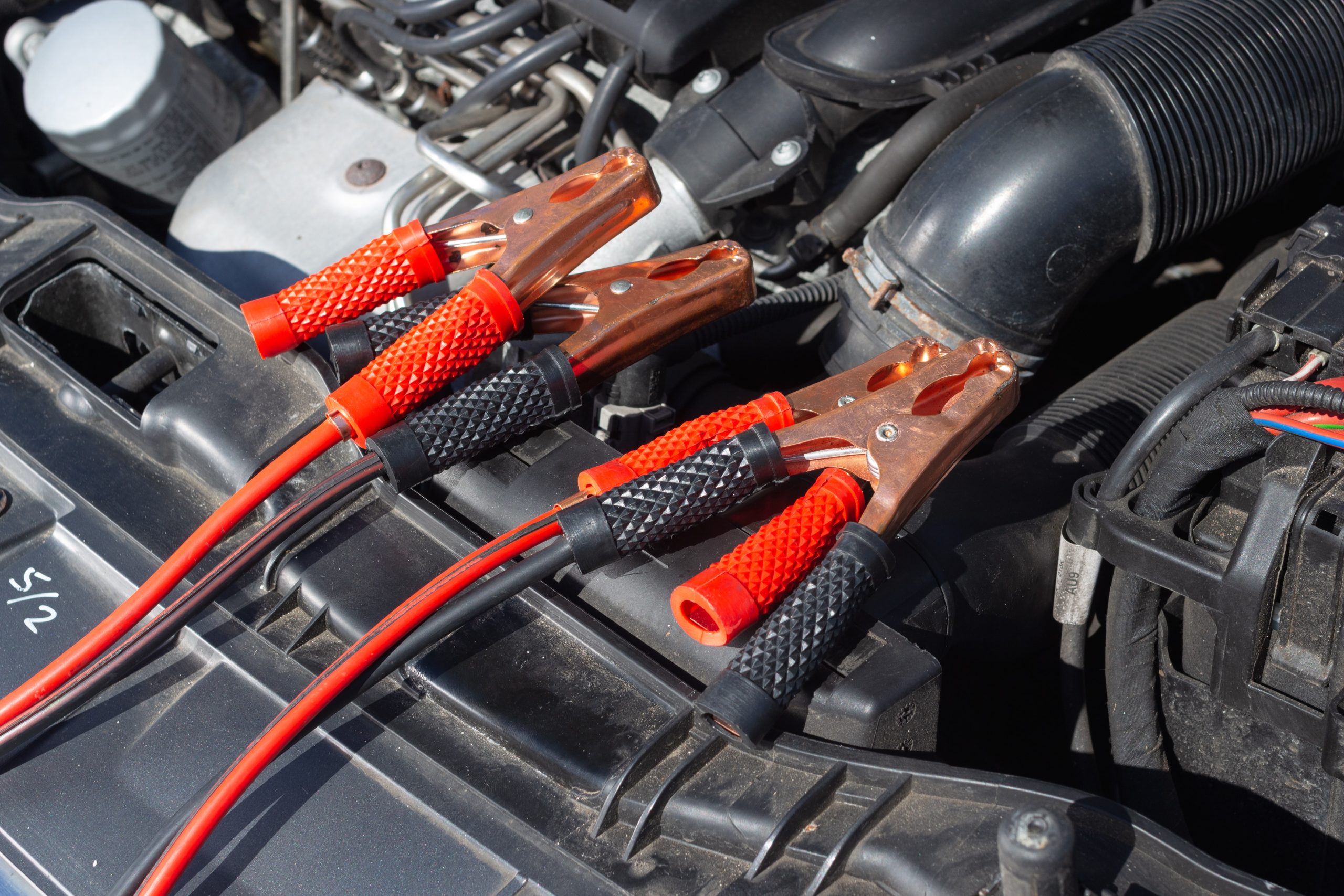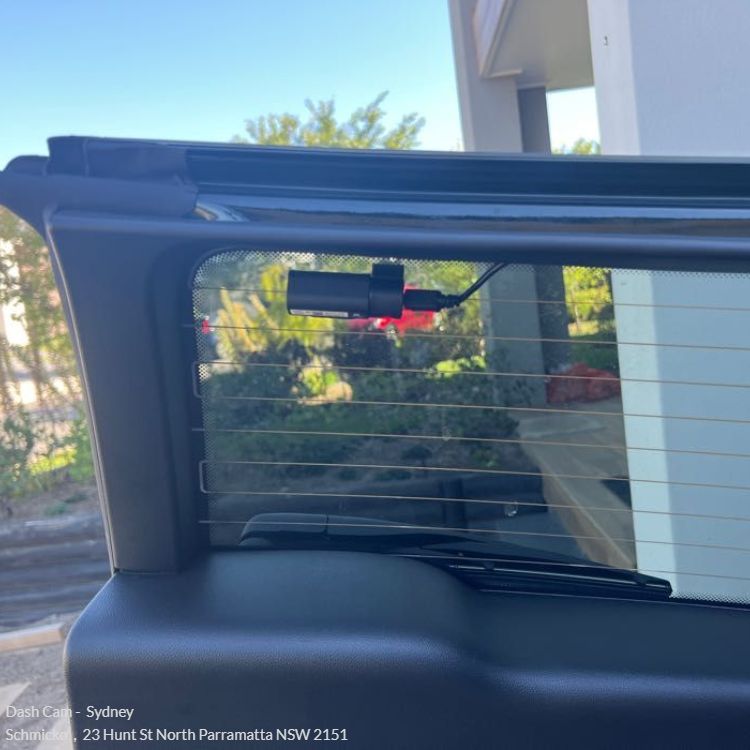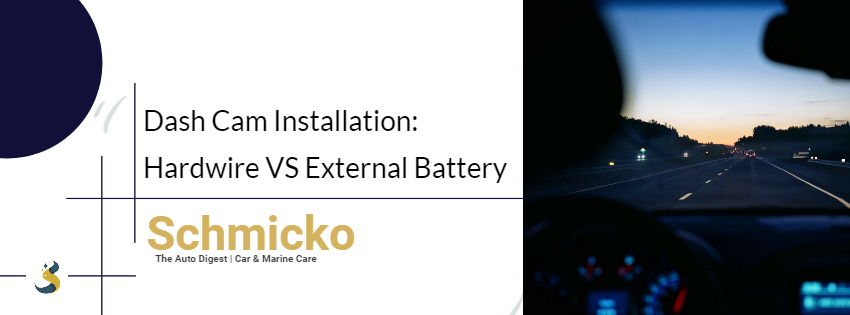There are many different ways to charge your electronic devices, but the most common methods involve charging from an outlet with a hardwire connection or using an external battery pack that can be installed in addition to your car battery as another source. While both of these methods have their own advantages and disadvantages, some people prefer one over the other for various reasons.
You may be interested in this question because you’re searching for the best method to charge your dash cam installation, or you may just want to know more about this topic and where they can get more information as well.
What is hardwiring a car dash cam?
Hardwiring a car dash cam to the car’s electrical system is one way to provide power even when the car is turned off. This type of installation may be needed if you plan on installing dash cams in cars that are often parked for long periods. As such, you cannot afford to have the engine running all day long. This will often be referred to as parking-mode, which is a very useful feature to have that most modern day dash cameras should have built in them.
Hardwiring requires a kit that connects directly to the fuse box and cables that run from the dash cam to the connection points on the car’s dashboard. Always seek professional advice or installation, as you do not want to mess with the fuse box and incorrectly disconnect safety features of the car.
Is it better to hardwire a dash cam?

The sole function of a professional dash cam installation is to record video (ideal for car insurance claims) in case of accidents or other incidences that may happen when the car is parked. But for the dash camera to work throughout, it needs a constant power supply, which is usually cut off whenever the car engine is turned off. Not all incidents take place whilst driving, it can happen when your car is parked and unattended. For example, we have heard times where many have encountered a runaway trolley collide into their car, attempted theft cases, cars being side swiped in the parking lot, the list goes on.
So, in most cases, it would be better to hardwire your dash camera to continuously power itself while recording. If your car is mounted with an abundance of accessories then an external battery will work may be another option, even though a dash camera uses up very little power, this should give you some leniency to attach other electrical accessories in the car. This is where an external battery will power the dash cam instead of the car battery via the fuse box connection.
Does hardwiring dash cam drain the battery?
This is a question we commonly get asked and to be frank, a dash cam consumes very small amounts of power compared to the car battery’s capacity. We can therefore conclude the dash camera has very little effect when it comes to draining your car battery. In fact, if you were to leave the car on (with the engine not running), other electrical systems would more likely drain the power in no time than the camera itself.
Hardwiring ensures only the dash cam is powered, and thus saves your car battery life. However, if your battery is already failing, you might get a false impression that the hardwired dash cam drained the power.

Does a dash cam need to be plugged in all the time?
To add further details regarding the above about draining the car battery, dash cams usually do not have inbuilt power sources such as rechargeable batteries, which means it needs to draw its power source from somewhere. In this case, they solely depend on the car’s power supply and can only operate when plugged into a car socket, this is when it is connected to your cigarette power socket and not hardwired.
A dash cam with an external battery will also need to be connected to a charging cable, which you need to plug into a wall outlet or cigarette lighter adapter to recharge the battery in case the car is parked for a long period. This is where a hardwired connection is significantly valuable, it allows you to power the car even when the car is off.
How to hardwire dash cam for parking mode
Hardwiring dash cams to a car’s power system can be done in two ways: tapping into a car’s fuse box or connecting it directly to the car battery.
The advantage of hardwiring it to the fuse box is that you don’t have to worry about excessive current damaging the camera.
Here are the steps involved in hardwiring a dash cam for parking mode:
1. Locate the fuse box and the appropriate amperage fuse.
2. Connect the hardwire kit to the fuse box safely without tampering other nearby wires – very important you do not disconnect any vital fuses like safety features.
3. Plug the dash cam to the hardwire kit
4. Those with an external battery, are best placed in a hidden area so that a neat and tidy look can be achieved.
5. Please also note the installation process will vary significantly from one vehicle model to another. This is why a professional dash camera installation by a specialist is always recommended. They would have an extensive understanding of ideal areas to mount your external battery or arrange your wiring set up. Furthermore, they would understand correct and perfect positioning for your dash cam itself for a more well-surveillanced coverage.
What is the difference between hardwiring and using an external battery?

Dash cams can either be hardwired or use an external battery. Hardwiring usually requires a professional to install it and draws power from the car’s electrical system. External batteries must be plugged into the cigarette lighter or 12-volt accessory outlet to provide recharging power. We often recommend the external battery pack designed by BlackVue Dash Cams, as they are very well constructed and perform well.
External batteries are perfect for occasional dashcam users who don’t want to risk messing up their car’s wiring by installing a dashcam permanently.
Conclusion
Dash cams are a great way to record what happens on the road in case of an accident. But if you’re looking for a dash cam, you’ll want to consider whether to power it with an external battery or wire it to your car’s electrical system. When you hardwire a dash camera, all of its power comes directly from your car. This means that if your car isn’t running, the dash camera is.

Car Care Advice For The Everyday Driver & Enthusiast
As a seasoned author on our team, Chester also known as ‘Gadget’, for his love for all things mechanical, brings a wealth of experience and expertise to the table, particularly when it comes to automotive topics.


